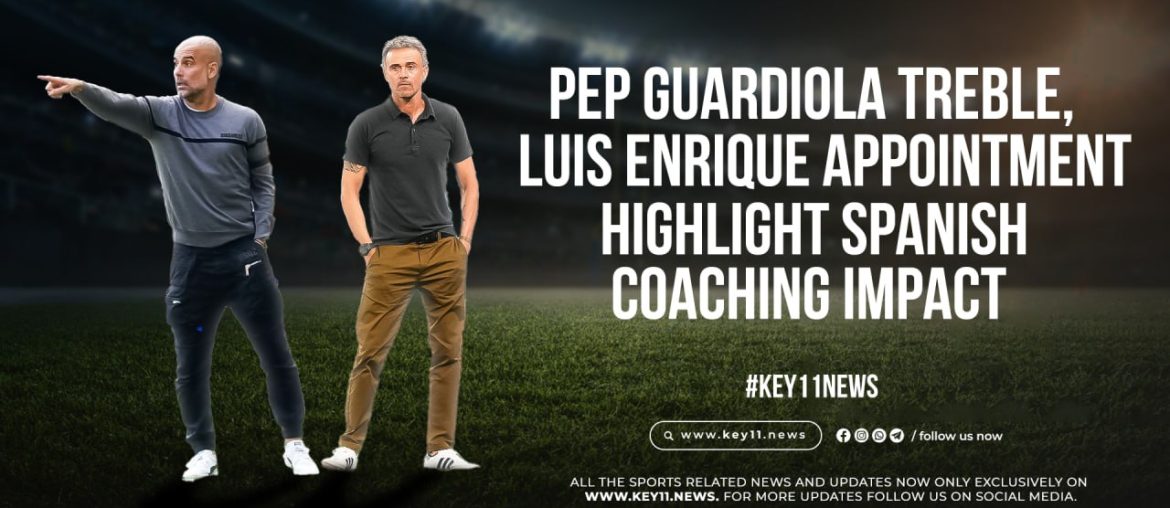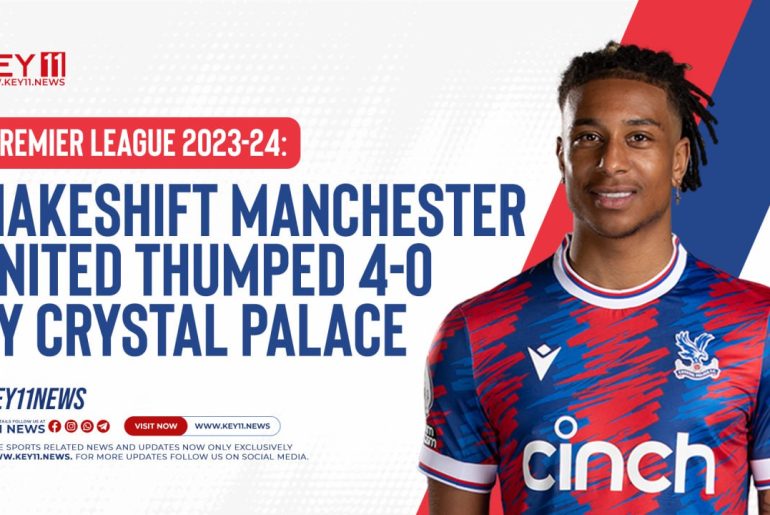Spanish coaches have been increasingly appealing since the country dominated world football between 2008 and 2012, La Roja winning European Championships in those years, as well as the 2010 World Cup.
In the wake of Pep Guardiola‘s stunning treble with Manchester City and Paris Saint- Germain turning to Luis Enrique, it’s clear Spanish coaching is in vogue. The brace, both treble winners at Barcelona, are joined by plenitude of compatriots at other top- flight sides on the mainland. Arsenal’s Mikel Arteta, Guardiola’s former adjunct, ran City close for the English title last season. With a different approach to the game, Unai Emery has pulled up trees with Aston Villa, Bournemouth sprang for the instigative Andoni Iraola, while Julen Lopetegui helped Wolves avoid the drop and Marseille appointed Marcelino Garcia Toral in June.
Spanish trainers have been decreasingly charming since the country dominated world football between 2008 and 2012, La Roja winning European Crowns in those times, as well as the 2010 World Cup.
Nations League palm this summer, under Luis de la Fuente, who replaced Luis Enrique in December, is a farther boost after a free period.
With Spain’s football so dominant– at club position La Liga brigades have won 11 of the last 24 titleholders Leagues and 12 of the last 20 Europa Leagues– overseas clubs watched with covetous eyes.
That interest leads to a” brain drain” effect but the Spanish FA’s coaching academy snappily produces reserves.
“We’re the reflection in the confederation of how they work at the clubs and in the youth seminaries,” said Spain U21 trainer Santi Denia after leading his platoon into the Euro 2023 final for that age order.
“The position of Spanish trainers is the stylish in the world, and I am not saying that about myself, obviously.
“I try to take advantage of the work of the Spanish trainers.”
La Liga presently has 17 Spanish trainers among its 20 sides, as well as four operating in England, three in France including Luis Enrique, and one in Germany.
Nearly 27 percent of brigades across Europe’s top five leagues have a Spaniard at the helm, as of July 2023.
Without the spending power of other leagues– outside of Spain’s big three of Barcelona, Real Madrid and Atletico– numerous clubs concentrate on guiding players rather than buying new bones. Rather of the power, speed and frantic nature English football is known for, in Spain brigades have frequently looked to hone some of the further specialized and politic aspects of the game.
Indeed though away brigades defend with further muscle, backlines in Spain are frequently tougher to break down because they control spaces superbly.
In the Premier League sympathizers occasionally scouted passing the ball out from the reverse or considered it too parlous, but an adding maturity of brigades now employ the strategy.
While the” tiki- taka” style in its purest form has faded, with indeed Guardiola moving on, the crucial rudiments of it still propel City’s game.
Combining that position of fashion and positional play with the physicality and haste the Premier League is known for has set up the apex of the two styles.
Guardiola’s treble- winning platoon has an assessing chine, from Erling Haaland to Rodri to regularly lining up with four central protectors, but still dominating with the ball.
That union of styles is reflected in the personality of Luis Enrique, a forceful presence both as a player and in the dug- out, but a loyal advocate of possession football while in charge of Spain.
Maybe it also explains how so numerous trainers have come from one fiefdom of Spain’s Basque country– Guipuzcoa.
Iraola, Emery, Lopetegui and Arteta all hail from there, along with current Real Sociedad trainer Imanol Alguacil and Bayer Leverkusen’s Xabi Alonso.
The rainfall in that region is near to England than the scorching south and the brigades historically played in a further physical style than their La Liga counterparts.
“I do not suppose it’s coexistence, we must have some common thread,” Arteta told Marca in an interview in June.
“I do not know if it’s the Basque character connecting well with the English, our style, our way of being, or our soberness.”
Anyhow of whether Spanish trainers spare towards attacking or protective styles, they’re tactically rigorous.
One outlier is Jose Luis Mendilibar, who led Sevilla to Europa League glory last season with a back- to- basics approach– at least that is how he describes it.
As well as the appeal of Spanish trainers to foreign sides, the magnet is collective, not least because numerous trainers can earn further abroad than in Spain.
La Liga brigades have been tensing their bag strings for times while Premier League spending continues to rise.
That means trainers can have access to a advanced class of player than back home and have further requests met in the transfer request.
Spanish is also the alternate language spoken in numerous Premier League dressing apartments featuring South American players including Portuguese- speaking Brazilians, who are frequently comfortable with it.
Rafa Benitez was the first Spaniard to trainer in the English top flight, leading Liverpool to titleholders League glory in 2005– and indeed he was criticised for his zonal marking protective set- up.
Since also Spanish coaching influence on football in the Premier League and other top divisions has steadily risen, and Luis Enrique’s appearance in Paris is the rearmost illustration. Know More Latest Football News…






